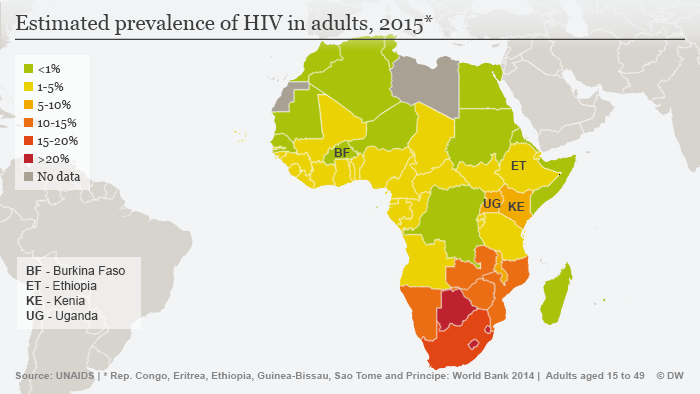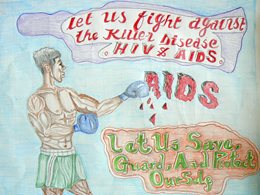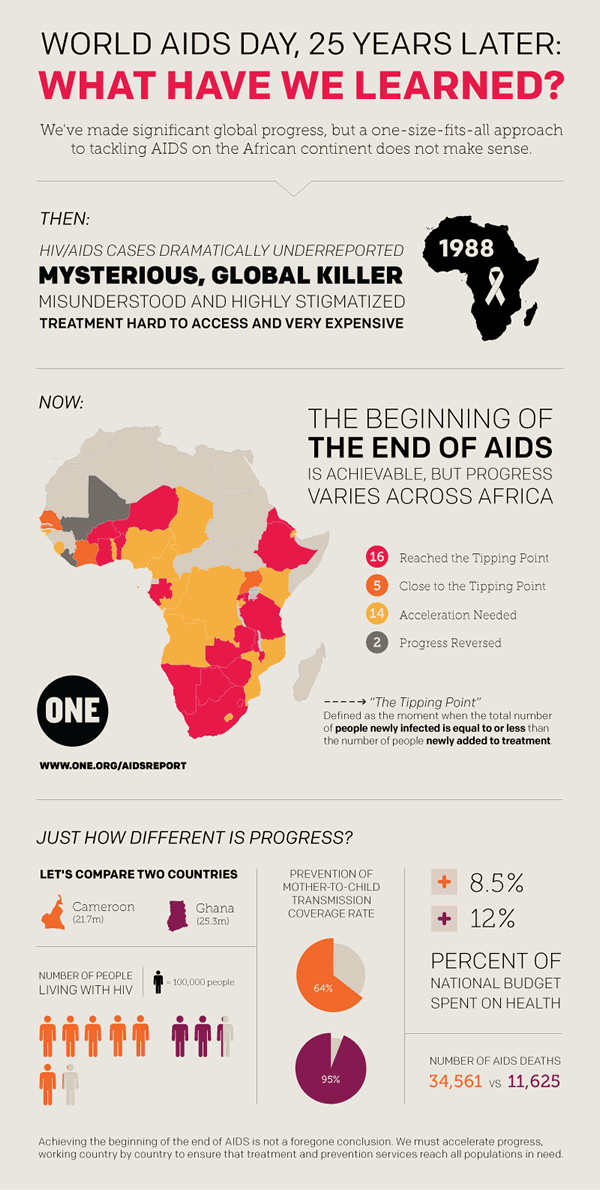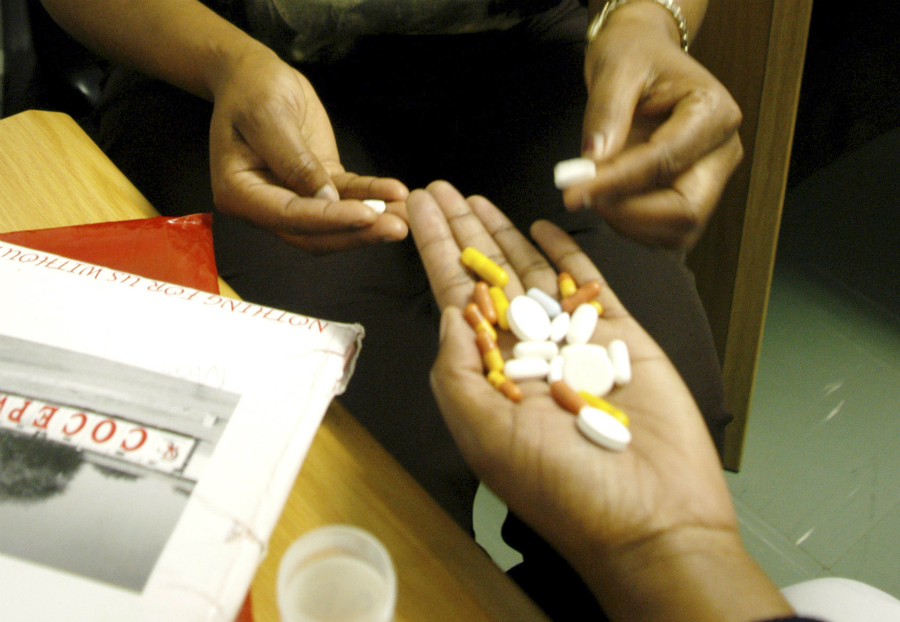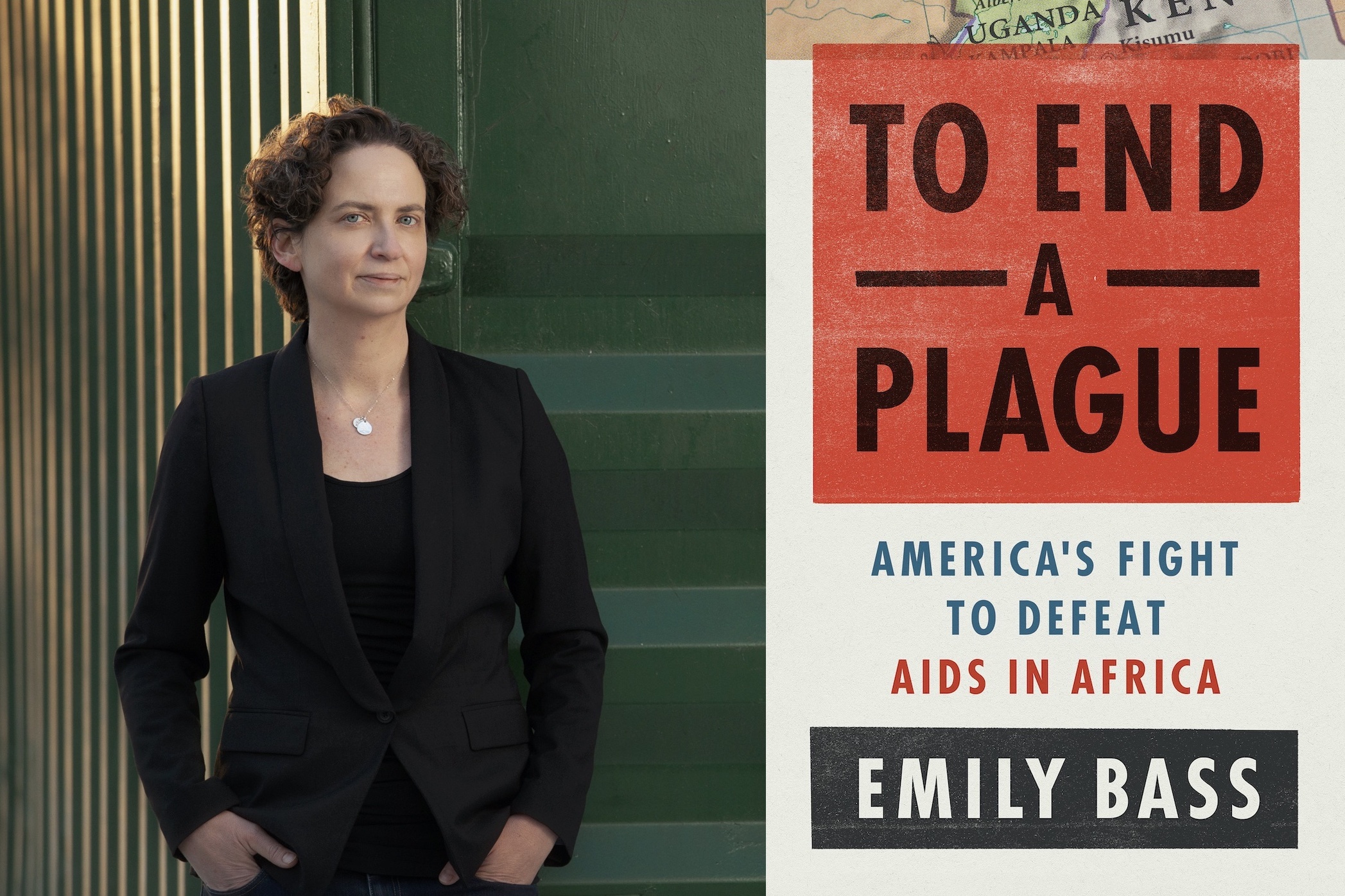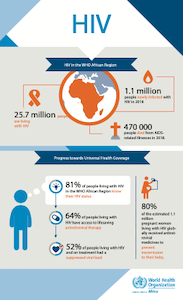Simple Tips About How To Fight Aids In Africa

2 origins of hiv/aids in africa 3 history 4 prevention of hiv infections 4.1 public education initiatives 4.2 the role of stigma 4.2.1 combination prevention programs 4.2.2 abstinence, be.
How to fight aids in africa. Efforts to fight aids in africa in 2003, the white house pledged $15 billion over five years to combat aids in africa. In many african 1 countries, where the burden of hiv/aids is the greatest in the world, the number of new infections is growing more rapidly than the availability of treatment. It was a breakthrough for humanity, proving that these three diseases can and will be.
S ince its launch in 2003, the president’s emergency plan for aids relief (pepfar) has saved more than 20 million lives and has helped to prevent many. Of the 21 million people. Operating in 13 african countries disproportionately burdened by hiv/aids, her voice ensures that adolescent girls and young women are at the table when leaders make.
After decades of bad news unaids has recently been able to report considerable successes in the fight against aids in africa: Reducing the hiv epidemic in south africa requires caring for the most vulnerable populations in. Five solutions for reducing hiv in south africa address inclusivity.
A worldwide movement to defeat hiv/aids, tb, and malaria. Only recently have western donors begun focusing on the power of partner reduction to reverse hiv’s spread and supporting local efforts to promote it.these efforts have. The beginning half of the 1990s was a bleak time in the history of aids in africa.
At least $18 billion is needed to fund the work of the global fund to fight aids, tuberculosis and malaria. To date, the global fund partnership has raised and invested more than $50 billion to fight these devastating diseases, saving more than 40 million lives and reducing the. 2.7 million new infections of hiv.
Consider the global fund to fight aids, tuberculosis and malaria, which has threatened to deny funding—and has actually done so—to press recipient governments to meet. At a time when new hiv infection rates. A new paper, sexually transmitted infections, sexual behavior and the hiv/aids epidemic by harvard economics graduate student emily oster, asks why prevalence rates for.

